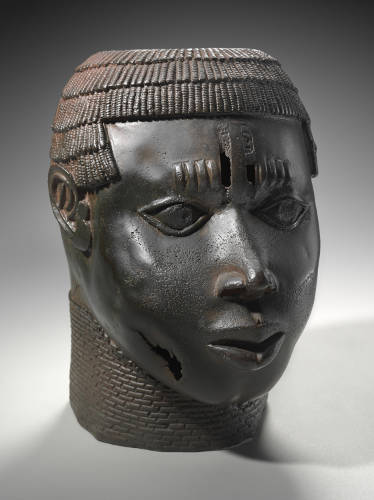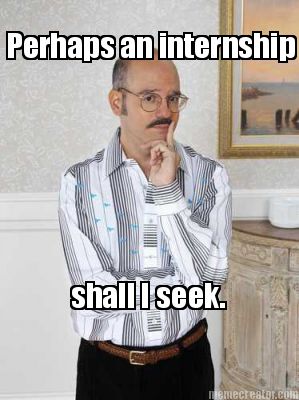________________
Recently, I’ve
been reading Christ Stopped at Eboli,
Carlo Levi’s account of his experiences in the small, poverty-stricken village
of Gagliano during Mussolini’s fascist regime in Italy. One quote of his in
particular, when he reflects on the process of writing the book, resonated with
me as I think about my own journey to and in the field of cultural heritage:
“The process
developed in successive books, changing the author’s spirit and body and words
while in a period explosive with new awareness other men also changed. The
process is not, and has never been, identification with a datum, a flight into
objectivity, but is rather discernment of love.”
I am not trying
to draw a parallel between Carlo Levi’s experience with destitution and poverty
and my career-path to cultural heritage. However, I am trying to highlight some counterpoints between his process and
mine, which have helped me make sense of my own journey so far: intellectual
development, self-awareness and awareness of the world around me, and the
effect of this new awareness on the direction of my career. To use the words of
Levi, I found my journey to be a step away from attempts at “objectivity” and
illusions of “data” and towards the discernment of love and truth and acts of
justice and empowerment.
My interest in
cultural heritage began with a curiosity for all things ancient. This led me
from Dartmouth College to Turkey to a master’s program at Harvard Divinity
School as preparation for a PhD program, focusing on early Christian and Roman
history. While advancing my Greek and Latin and learning Coptic (the ancient
Egyptian language written in the Greek alphabet), I also immersed myself in the
texts and history of the time period. But while I and fellow classmates stared
at enlarged photographs of rare Coptic manuscripts, arguing whether that letter
was an alpha or an omicron, or read about the female
figurines found all over Bronze- and Iron-Age Israel and debated whether they
were representations of idols or the goddess Asherah, a voice in the back of my
mind was always (annoyingly) saying, “So what? What am I actually doing with this?”










